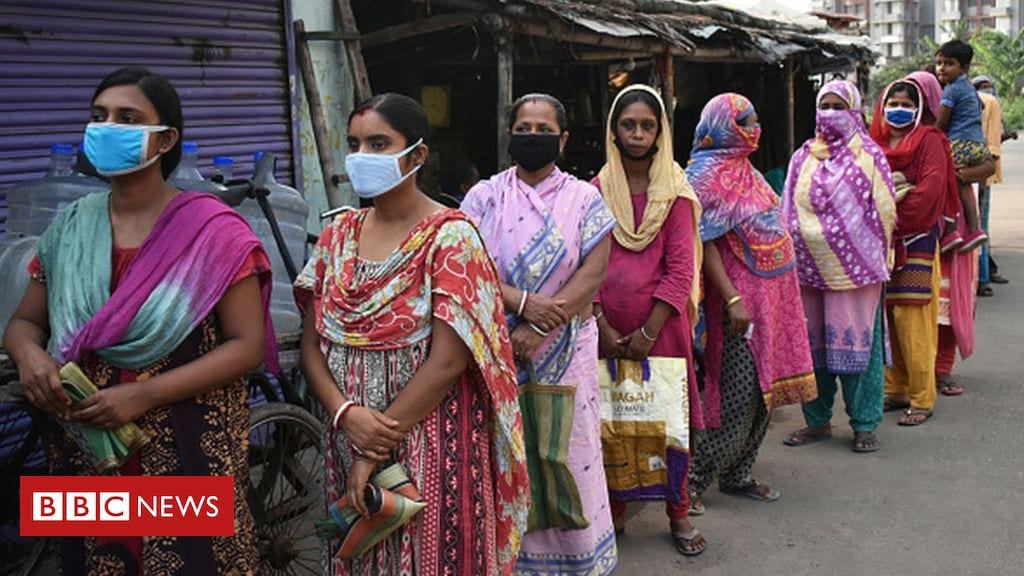[ad_1]
Jacques Henri Lartigue, born in 1894 in Courbevoie, was given a camera as a boy by his father at the dawn of the 20th Century.
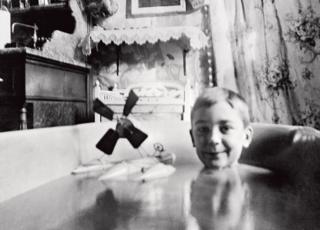
Image copyright
Jacques Henri Lartigue / 2020 Ministère de la Cul
Lartigue in his bath with his hydro-glider, 1904
He began taking photographs of his life, including snapshots of his parents; his bedroom; his nanny Dudu throwing a ball up into the air; his brother jumping off a boat.
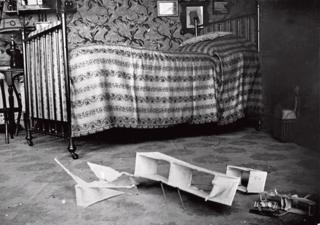
Image copyright
Jacques Henri Lartigue / 2020 Ministère de la Cul
Lartigue’s bedroom, 1906
A new book by Louise Baring explores Lartigue’s privileged childhood and early career against the backdrop of France’s La Belle Époque, an era of political, commercial and creative optimism.

Image copyright
Jacques Henri Lartigue / 2020 Ministère de la Cul
Lartigue in bed with his cat Zizi (shutter released by Dudu, the family nursemaid), 1904
Lartigue went on to photograph his brother Zissou’s inventions, including a glider lifting off in a gust of wind, and his cousins racing around in home-made go-karts.

Image copyright
Jacques Henri Lartigue
Simone Roussel, Rouzat, 1913
At a young age, Lartigue mastered the medium of photography using his hand-held Kodak camera – first introduced in 1888 – to harness the immediacy of the snapshot.
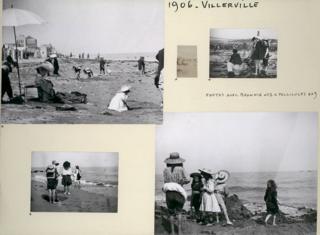
Image copyright
Jacques Henri Lartigue
Villerville, Normandy, 1906
He photographed the social parade in the Bois do Boulogne, a large park on the outskirts of Paris, where the fashions of the upper echelons of society were displayed.
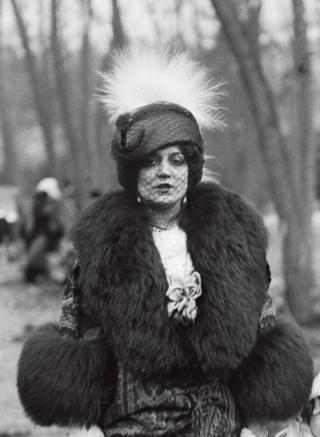
Image copyright
Jacques Henri Lartigue
Régina Badet, Bois de Boulogne, 1911

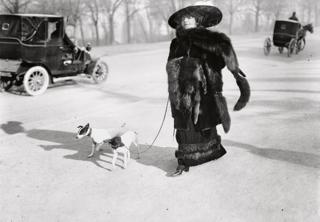
Image copyright
Jacques Henri Lartigue
Anna la Pradvina, Bois de Boulogne, 1911
Other subjects included a woman in furs attracting a covetous glance from a male passer-by; the gleaming lines of a racing car; winter sports in Switzerland; and summers on the beaches of Étretat and Trouville, where, he wrote: ‘Nothing hinders my eyes from roaming, drifting endlessly….’

Image copyright
Jacques Henri Lartigue
‘The French Grand Prix, Circuit de Dieppe, Normandy, 1912’, as captioned by Lartigue
Lartigue often captured his subjects mid-gesture as in real life, creating a new visual language for the 20th Century.

Image copyright
Jacques Henri Lartigue
Zissou and Simone Roussel, St Moritz, 1913
The book by Louise Baring includes photographs, drawings and diary excerpts, revealing Lartigue’s prodigious talent, but also offering an adolescent perspective of Paris before the outbreak of World War One.
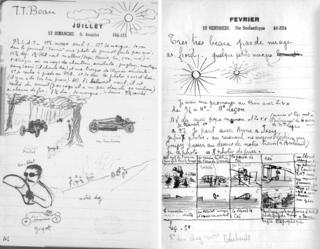
Image copyright
Donation Jacques Henri Lartigue
Pages from Lartigue’s diary from 1913 (left) and 1911 (right)

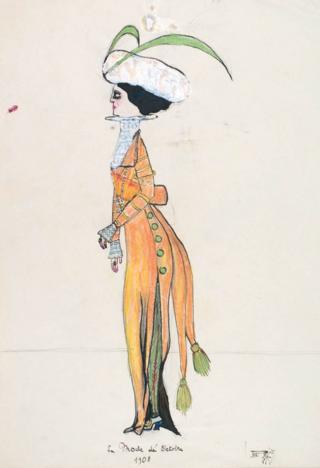
Image copyright
Donation Jacques Henri Lartigue
A fashion drawing by Lartigue, 1908

Late in his life, Lartigue was hailed as one of the founders of modern photography.
In 1963, the Museum of Modern Art in New York gave an exhibition of Lartigue’s work.
Fellow-photographer Richard Avedon wrote to him after seeing the exhibition: “It was one of the most moving experiences of my life.
“You brought me into your world, and isn’t that, after all, the purpose of art?”
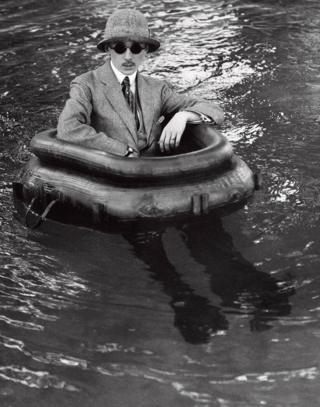
Image copyright
Jacques Henri Lartigue
Zissou in the pool at Rouzat, 1911

Lartigue: The Boy and the Belle Époque is published by Thames & Hudson.
Photographs courtesy Jacques Henri Lartigue / 2020 Ministère de la Culture – France/AAJ HL



